Septic Service Scheduling Tips
Septic service scheduling depends on usage patterns, tank size, and local regulations. Regular inspections and maintenance are essential to ensure proper functioning and prevent costly repairs. Typically, septic tanks should be inspected annually and pumped every 3 to 5 years, depending on household size and usage.
Annual inspections help identify potential issues early and maintain system longevity.
Pumping every 3 to 5 years prevents overflows and system failures.
Spring and fall are ideal times for septic service to avoid disruptions during peak usage.
Increase inspection frequency if household size grows or during periods of heavy water use.

Technicians assess tank condition and identify potential issues.
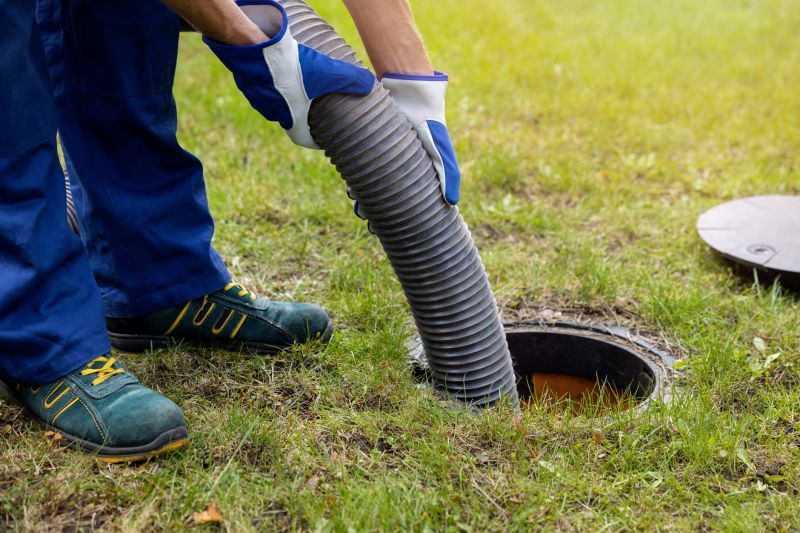
Removing accumulated sludge to maintain system efficiency.
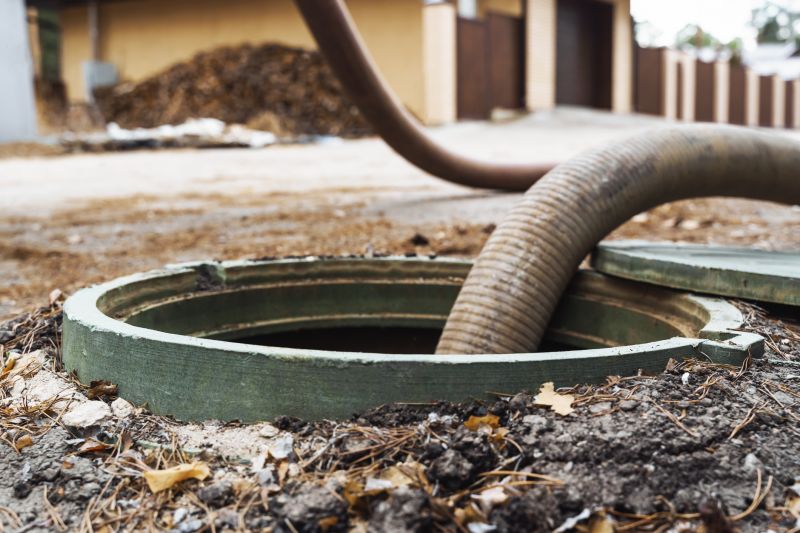
Routine upkeep ensures proper waste processing and prevents failures.
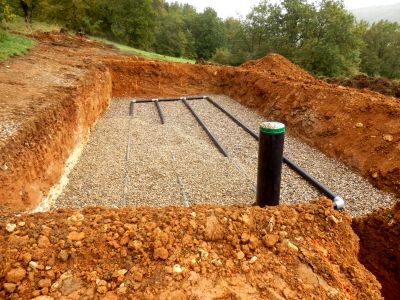
Includes tanks, drain fields, and distribution boxes.
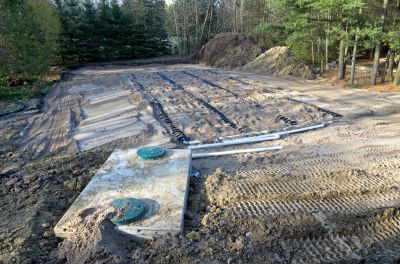
Addressing leaks, clogs, or damaged components promptly.
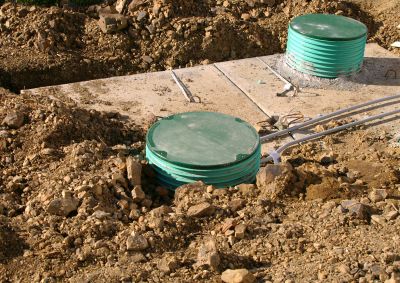
Setting up new systems in suitable locations.
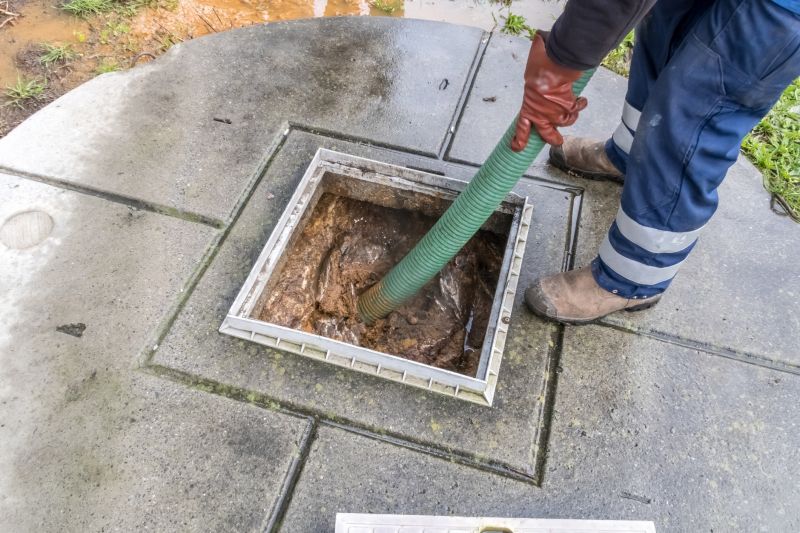
Checking for proper absorption and signs of failure.
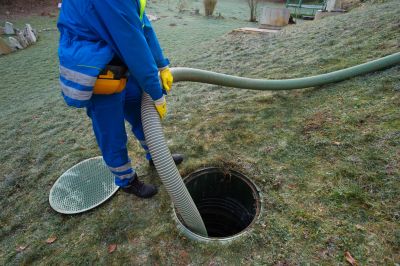
Removing debris and ensuring system longevity.

Including tanks, drain fields, and distribution boxes.
| Service Type | Recommended Timing |
|---|---|
| Inspection | Annually |
| Pumping | Every 3-5 years |
| Drain Field Check | Every 2-3 years |
| Post-Construction Service | Immediately after construction |
| Winter Preparation | Before cold weather sets in |
| Heavy Usage Inspection | Every year during high usage |
| Renovation Aftercare | Following major renovations |
Septic service is a vital maintenance process that ensures the proper functioning of septic systems. Regular inspections and timely pumping help prevent system failures, overflows, and costly repairs. Proper maintenance extends the lifespan of septic components, maintains sanitation standards, and avoids environmental contamination. The frequency of service depends on household size, tank capacity, and water usage habits. Typically, a well-maintained septic system can operate efficiently for decades with proper care.
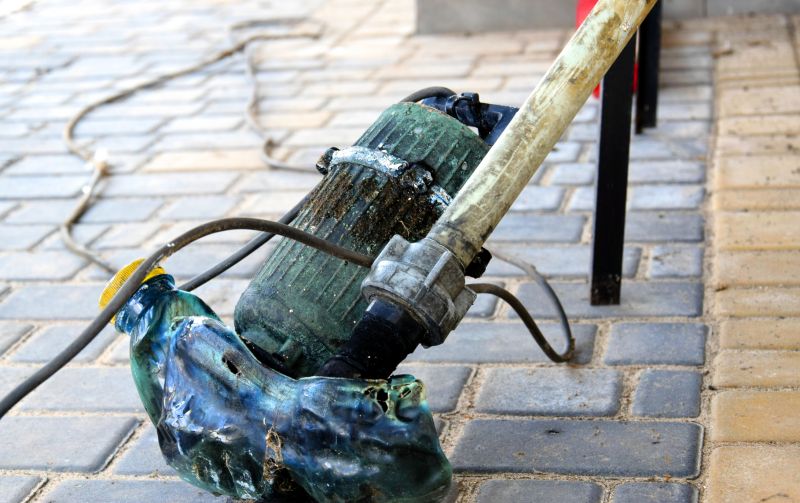
Removing sludge buildup to prevent system failure.
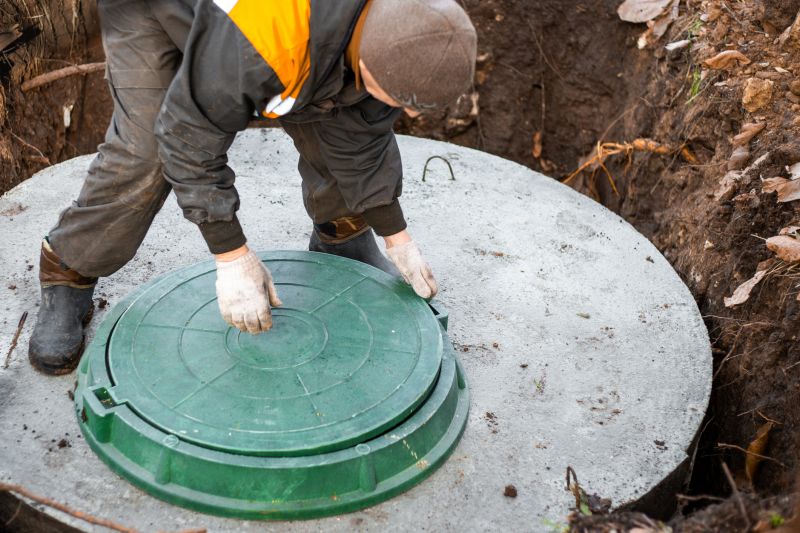
Checking absorption and soil conditions.
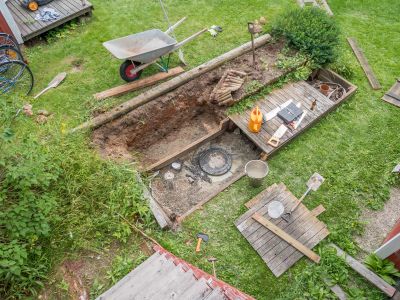
Fixing leaks, clogs, and damaged components.

Routine care for optimal performance.
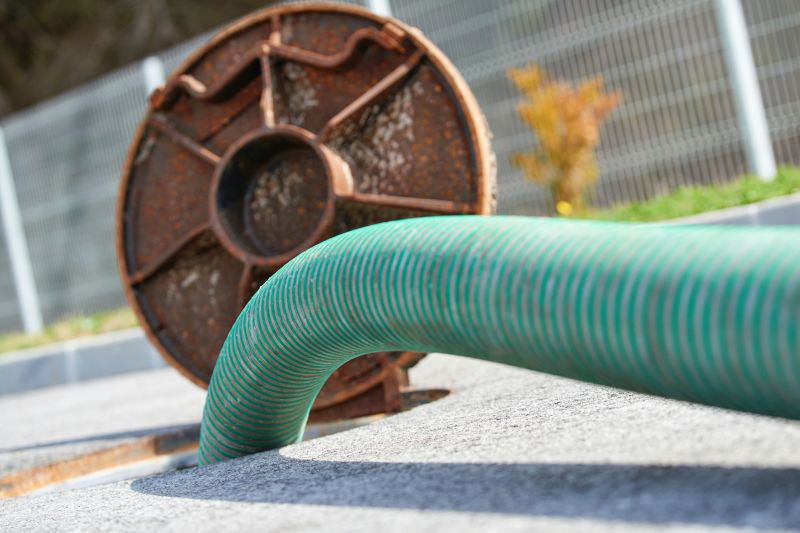
Finishes and colors that play nicely with Septic Service.
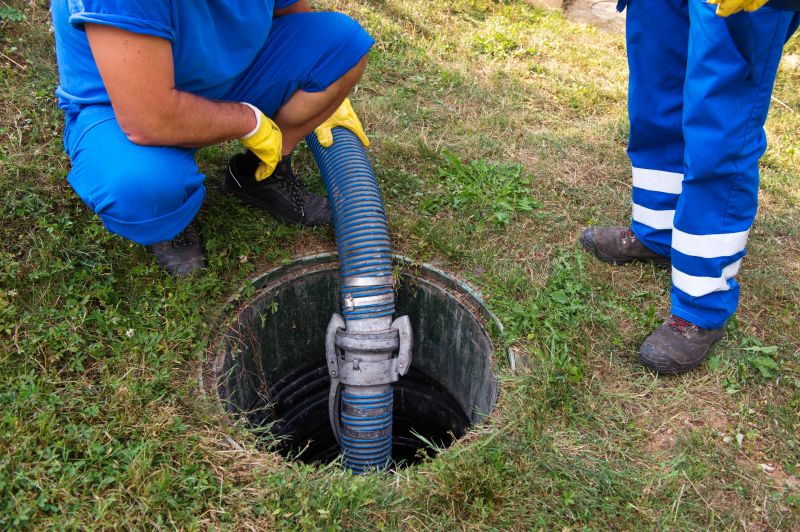
Little measurements that prevent headaches on Septic Service day.
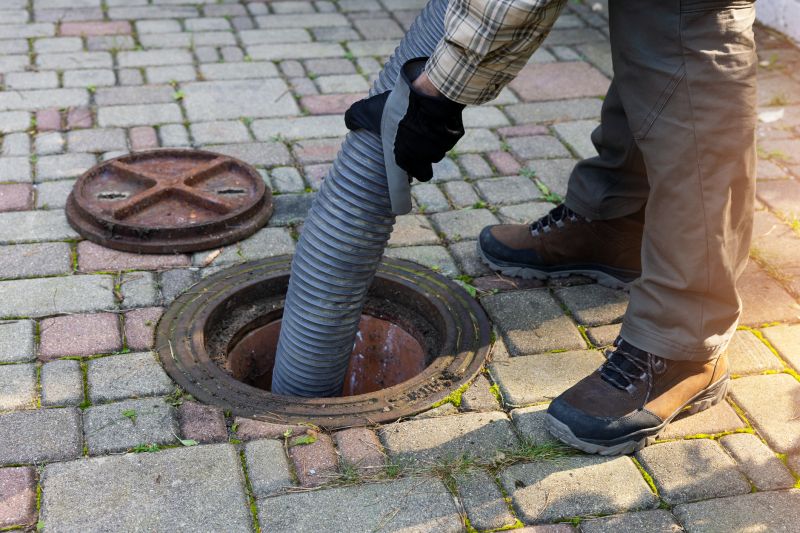
A 60-second routine that keeps Septic Service looking new.
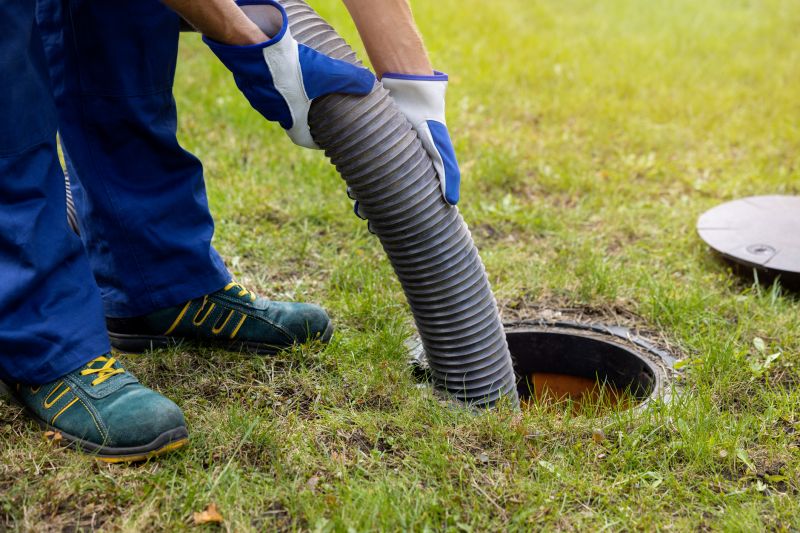
A frequent mistake in Septic Service and how to dodge it.
Interested in scheduling septic service or learning more about maintenance options? Filling out the contact form provides an opportunity to discuss specific needs and ensure the system remains functional and efficient. Regular service helps avoid unexpected failures and prolongs the lifespan of the septic system.


